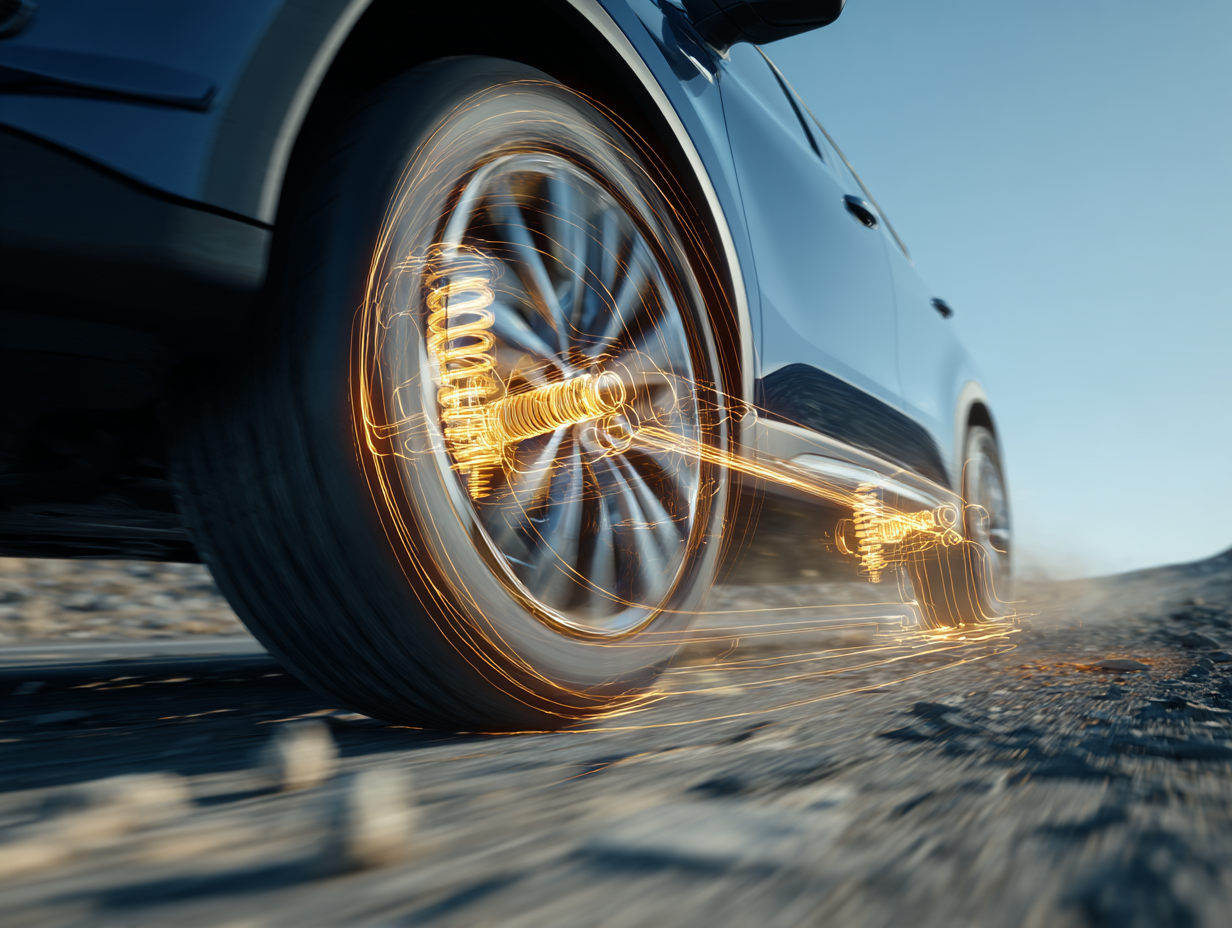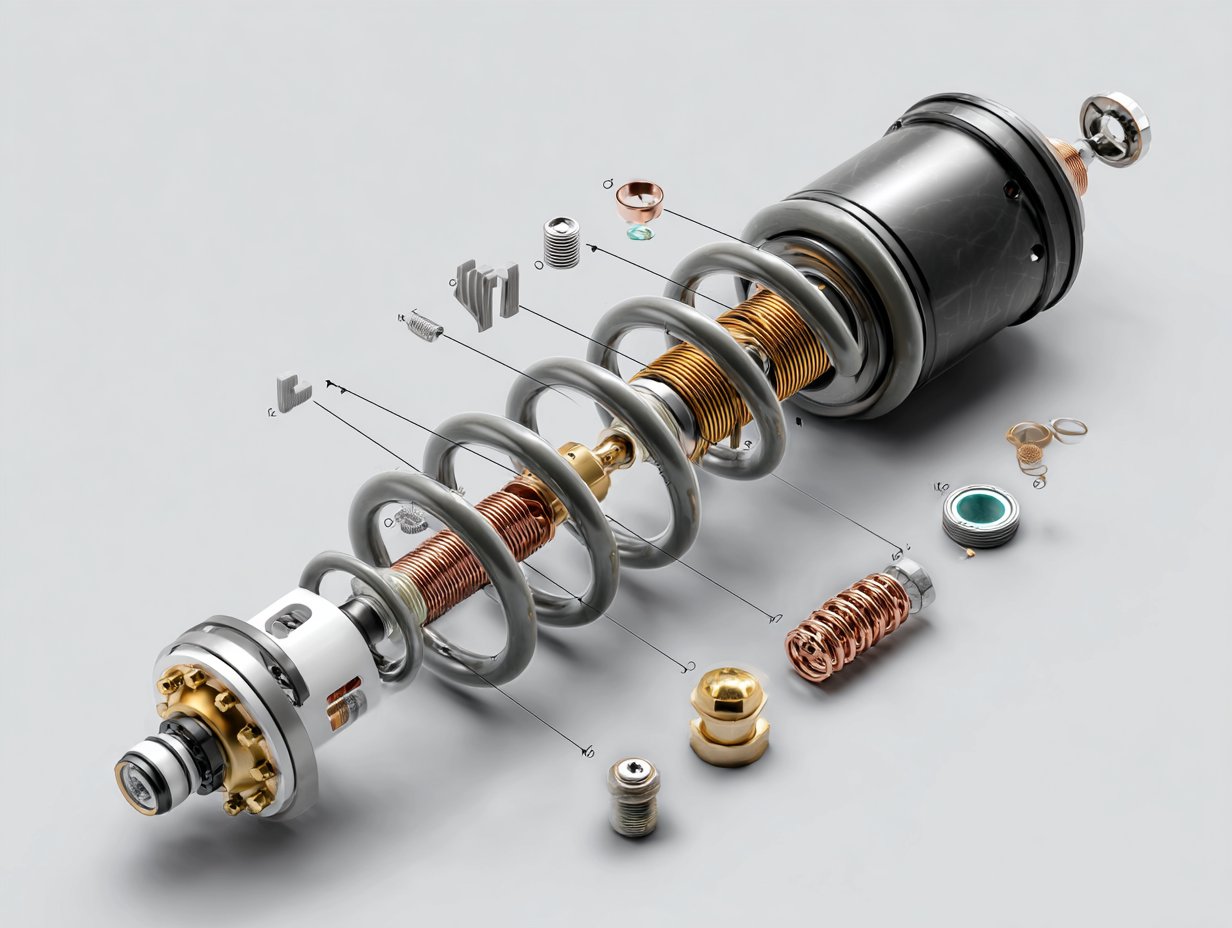
When you think of a comfortable drive, your mind probably jumps to leather seats, climate control, or even a premium sound system. But the unsung hero of every smooth journey is far less glamorous: the shock absorber.
Shock absorbers play a vital role in keeping your car stable, safe, and enjoyable to drive. They’re more than just parts tucked under your vehicle; they are precision-engineered components that blend physics and innovation to balance comfort with control.
At their core, shock absorbers are hydraulic devices designed to control suspension movement. Without them, every bump, dip, or pothole would send your car bouncing like a trampoline. They ensure that your tires maintain consistent contact with the road, giving you the grip needed for safe braking, cornering, and acceleration.
Simply put: no shocks, no stability.
Shock absorbers work by converting kinetic energy into heat energy. Here’s how:
Modern shocks are far more advanced than their early designs. Many vehicles today use gas-charged shock absorbers, which add nitrogen gas into the mix. This minimizes foaming of the hydraulic fluid, ensuring consistent performance even during long drives or rough terrain.

Each type caters to different driving styles, from everyday city commutes to off-road adventures or high-speed track days.
Shock absorbers directly affect:
Neglecting shocks can lead to uneven tire wear, longer stopping distances, and a ride that feels unstable at high speeds. Experts recommend checking your shock absorbers every 20,000–30,000 km to ensure they’re in top shape.
Automakers are now exploring adaptive damping systems powered by AI and sensors. These can predict road conditions in milliseconds and adjust suspension responses before the car even hits the bump. Imagine a ride that feels almost anticipatory; that’s where shock technology is headed.
Shock absorbers may be hidden from view, but their role in your car’s performance and safety is impossible to ignore. They’re proof that sometimes the most important innovations are the ones you hardly notice, until they stop working.
If you’re ever unsure about the condition of your shocks, don’t wait; reach out to a trusted auto expert and keep your ride as stable as it deserves to be
The rich text element allows you to create and format headings, paragraphs, blockquotes, images, and video all in one place instead of having to add and format them individually. Just double-click and easily create content.
A rich text element can be used with static or dynamic content. For static content, just drop it into any page and begin editing. For dynamic content, add a rich text field to any collection and then connect a rich text element to that field in the settings panel. Voila!
